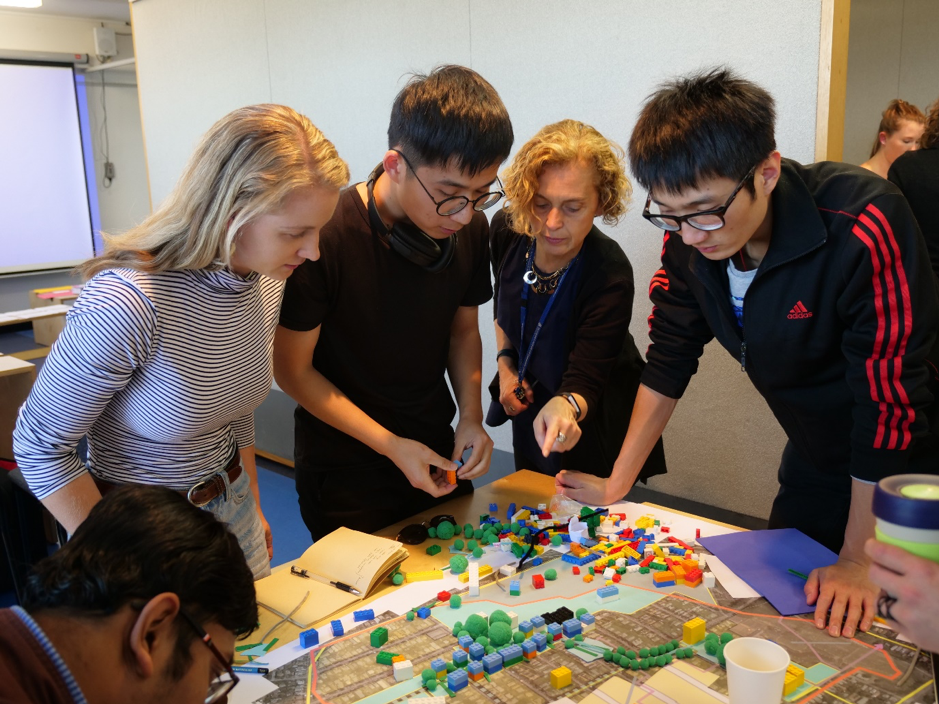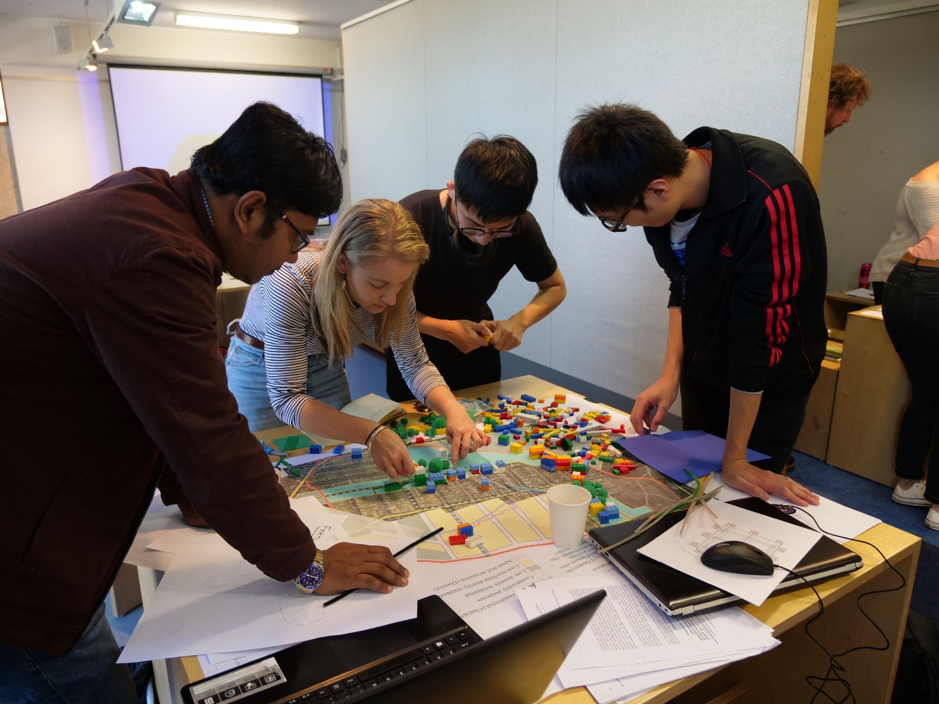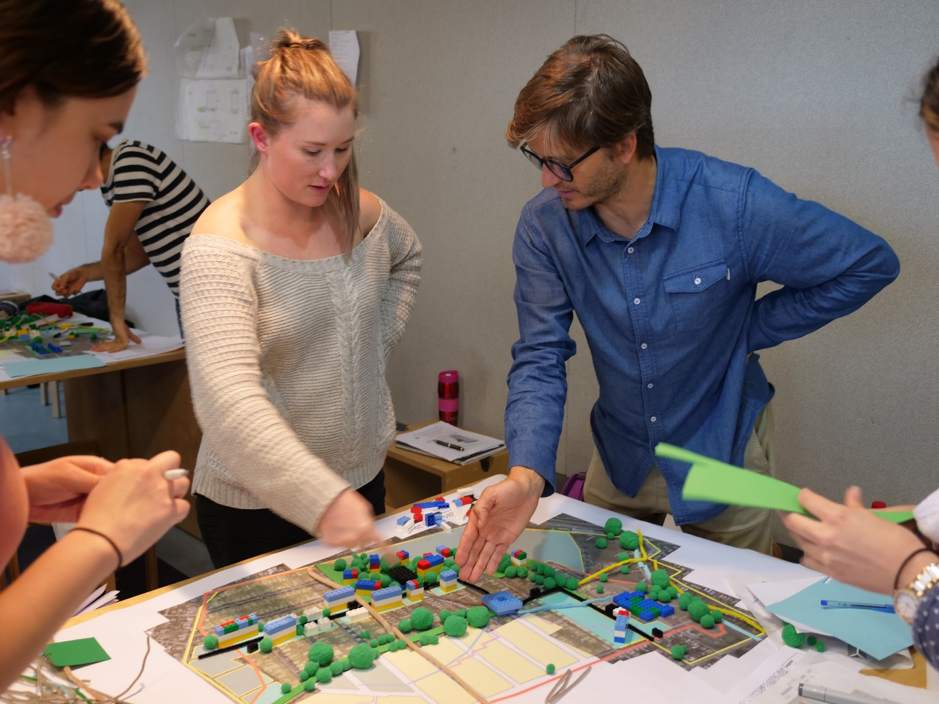Interdisciplinary approach to designing water sensitive infill

Healthy competition can bring out the best in people and that was certainly the case at the annual Energy and Water Systems Integration: Urban Design Challenge. This educational event co-hosted by the University of Queensland and the CRCWSC helps students to better understand multidisciplinary team engagement for urban design challenges.
Masters and PhD students of architecture, sustainable energy, and engineering at the University of Queensland and Integrated Water Management at Griffith University tackled a semi-hypothetical urban and resource planning case study site in Brisbane—similar to our real IRP4 site in Norman Creek—across the two-day tournament.

Teams of students were given briefs on water, energy and design issues and constraints in the study area. They had to develop integrated strategies for water and energy management (round 1 and 2), and then build a model of their precinct designs using Lego blocks, pompoms, pipe cleaners and colour paper (round 3).
The ‘game based’ tournament was designed to help participants discuss opportunities for future urban and resource (water and energy) planning. This year’s case study included an infill development scenario for the first time, to match the objectives of the CRCWSC’s IRP4 project—Water sensitive outcomes for infill developments.
Associate Professor Steven Kenway (IRP4 Project Leader and organiser of the event ) explained: ‘The tournament aimed to bring together diverse disciplines (architects, engineers and planners) to experience the technical, communication and team challenges of designing water and energy efficient cities.’ However, it also helped highlight some urban and resource planning and management challenges the IRP4 team may need to address in the Norman Creek site.
The teams' designs were judged by energy sector representatives, practising architects and CRCWSC researchers. The focus wasn’t on the actual designs, but instead on the insights that collaborative workshopping of water, energy and design interests can bring to integrated systems planning.
The students were not limited by practical constraints in the way they designed their systems. However, mentors did give some feedback on whether what they’ve designed is feasible and cost effective.
Tournament participant, Niloo Tara, a PhD candidate from the School of Chemical Engineering at UQ said of the event: ‘As a research student in water management in urban settings, it was very interesting to understand the interdisciplinary aspect of water, as well as [have emphasised] the important role of water related disciplines to reality check an idea and develop the sustainable solution that can work’.
Tomas Brage a PhD candidate at the UQ School of Architecture agreed: ‘I think it was exciting to see the amount of information that people from other disciplines brought into the urban design process. This information conditioned the design decisions in crucial ways’.

The tournament was first organised in 2014 and convened by researchers Dr Steven Conrad (University of British Columbia) and Professor Steven Kenway (The University of Queensland). This is the fourth time the competition has been run.